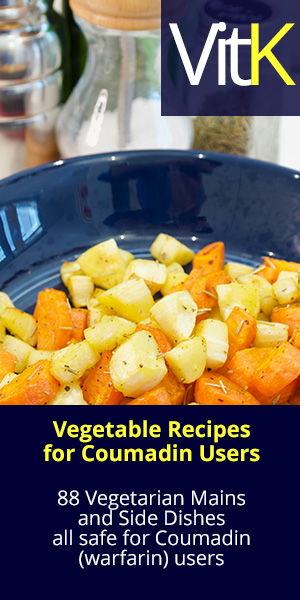
How to choose the right portion size.
In the last few decades portion size has become a major health issue, with serving size in restaurants increasing dramatically. Forty years ago a 32 ounce milk shake with 1,160 calories would have been unusual. There was no such thing as a Quarter Pounder (let alone a Double Quarter Pounder) and getting a mountain of nachos would be rare. These huge plates have spilled over into how people serve themselves at home also.
For example, the average portion size of salty snacks increased from 132 calories to 225 calories. A portion of french fries increased from 188 to 256 calories. And a portion of Mexican food increased from 408 to 541 calories. (JAMA 2003 289:450-453)
For example, one study evaluated the difference in the last two decades in how college students choose meals at a buffet. A study had been done in the late 1980s and was repeated in 2006. 177 students freely served themselves meals which were then weighed. The portions were scored against the recommended portion sizes. The portion sizes chosen for breakfast and lunch in 2006 were found to be more than 125% of the standard portion. Overall, all the portions the students chose were larger than in the 1984 research. (J Am Diet Assoc 2006, 106:1412-1418)
So what works? Portion control.
There are a lot of ways to approach this and a good way to learn portion control is a tool called The Diet Plate. This is a dinner plate with outlines for appropriate servings of a dinner meal printed on the surface. There is a similar cereal bowl with rings painted around the inside to indicate the portion sizes of various types of dry cereal.
In a six month study, those using the calibrated plates and bowls lost significantly more weight. In fact, those who lost weight using the tools lost between 1.8% and 5.7% of their body weight - which is equivalent to a 300-pound man losing between 5.4 and 17.1 pounds. These results are comparable to the results seen in studies of prescription weight loss medications. (Arch Intern Med 2007; 167:1277-1283)
In 2004, researchers at the CDC in Atlanta surveyed 2,124 adults who had tried to lose weight in the prior year. 587 had lost weight and kept it off. At the top of the five most common weight-loss strategies was smaller portions (others included reducing the amount of food eaten overall, more fruits and vegetables, fewer fatty foods, and no sweetened beverages). (Int J Beh Nutr Phys Activity 2006, 3:17)
There's good proof that taking the time to learn the right portion size works. Having a scale, measuring cups and spoons on hand is critical to learning what's correct. Here's a guide to the right portion sizes for your recipes:
| Ingredient | Before Cooking | After Cooking | Looks like |
| Grains | |||
| Rice | 1/4 cup | 1/2 cup | 1/2 baseball |
| Pasta | 2 ounces | 1/2 - 2/3 cup | 1/2 baseball |
| Dry cereal | 1 cup | The size of a fist | |
| Potato | 4 ounces | Computer mouse | |
| Potato (mashed) | 4 ounces | 1/2 cup | 1/2 baseball |
| Bread | 1 slice | ||
| Pancake | 1/2 cup batter | Two | Compact disc |
| Bagel | 2 ounces | Hockey puck | |
| Meats | |||
| Beef | 4 ounces | Deck of cards | |
| Pork | 4 ounces | Deck of cards | |
| Veal | 4 ounces | Deck of cards | |
| Fish | 4 ounces | Checkbook | |
| Poultry | 4 ounces | Deck of cards | |
| Peanut butter | 2 Tbsp. | Ping pong ball | |
| Fruits and Veggies | |||
| Salad greens | 1 cup | Baseball | |
| Berries | 1/2 cup | ||
| Apple | 1 medium | Baseball | |
| Orange | 1 medium | Baseball | |
| Raisins | 1/2 cup | Large egg | |
| Dairy | |||
| Cheese | 1 1/2 ounces | 4 stacked dice | |
| Milk | 1 cup | (choose low-fat) | |
| Yogurt | 1 cup | (choose low-fat) | |
| Fats | |||
| Oils | 1 tsp. | Thumb tip | |
| Butter | 1 tsp. | Thumb tip | |
Eating Healthy: the Basics
The How and Why of healthy eating. Everything from why you should eat breakfast to whether red meat or coffee is bad or good for you, all in straightforward terms.



